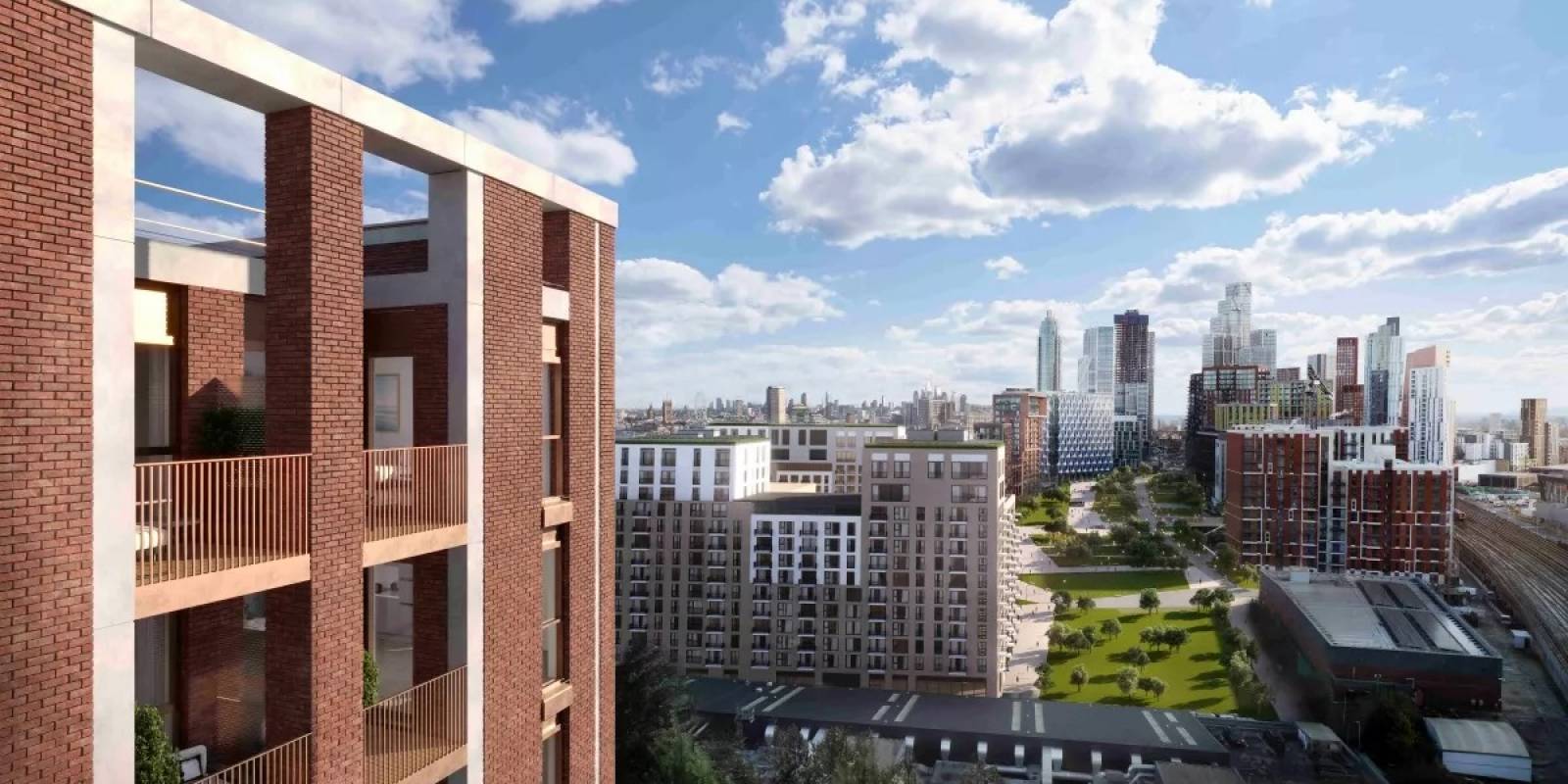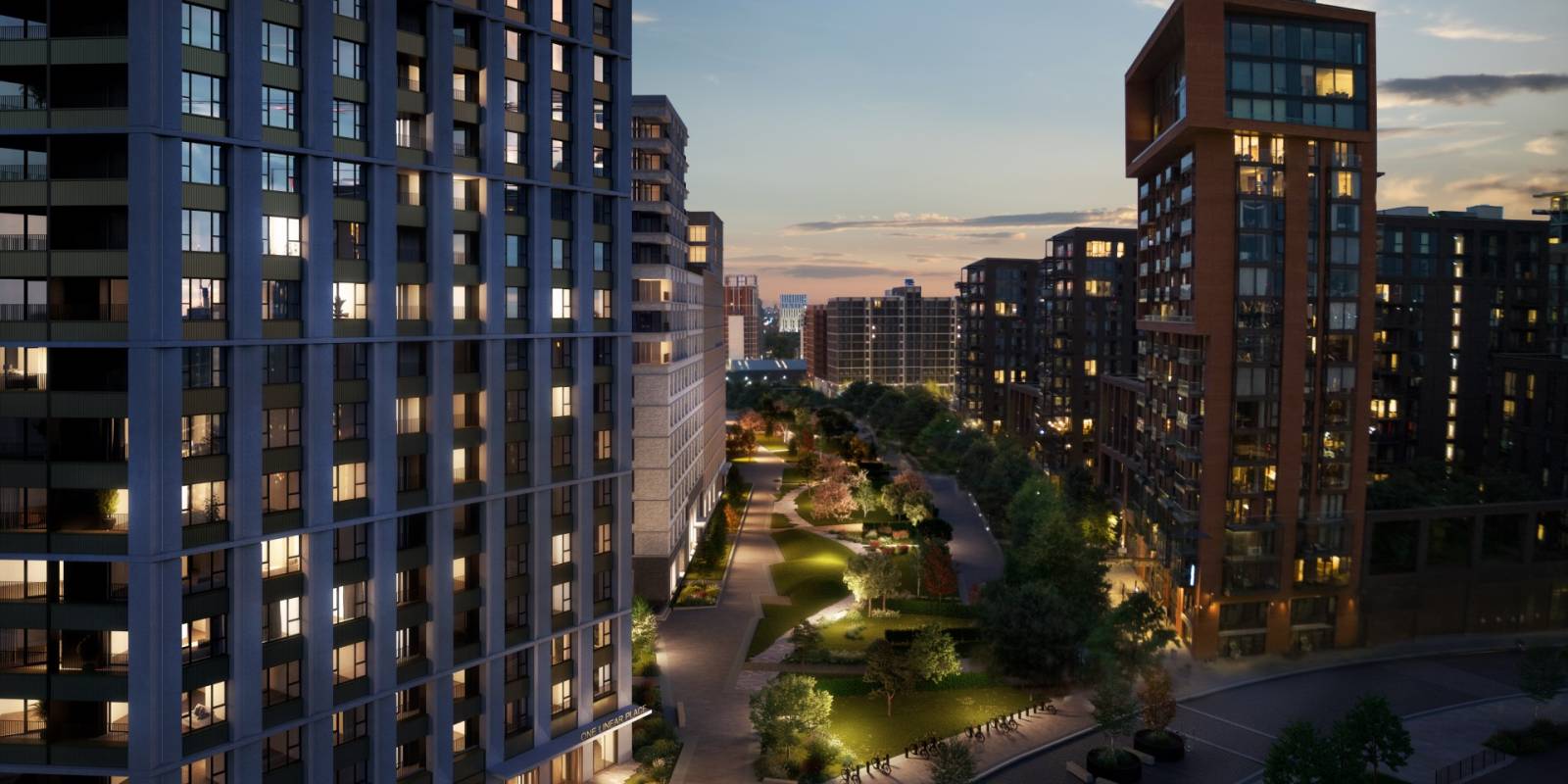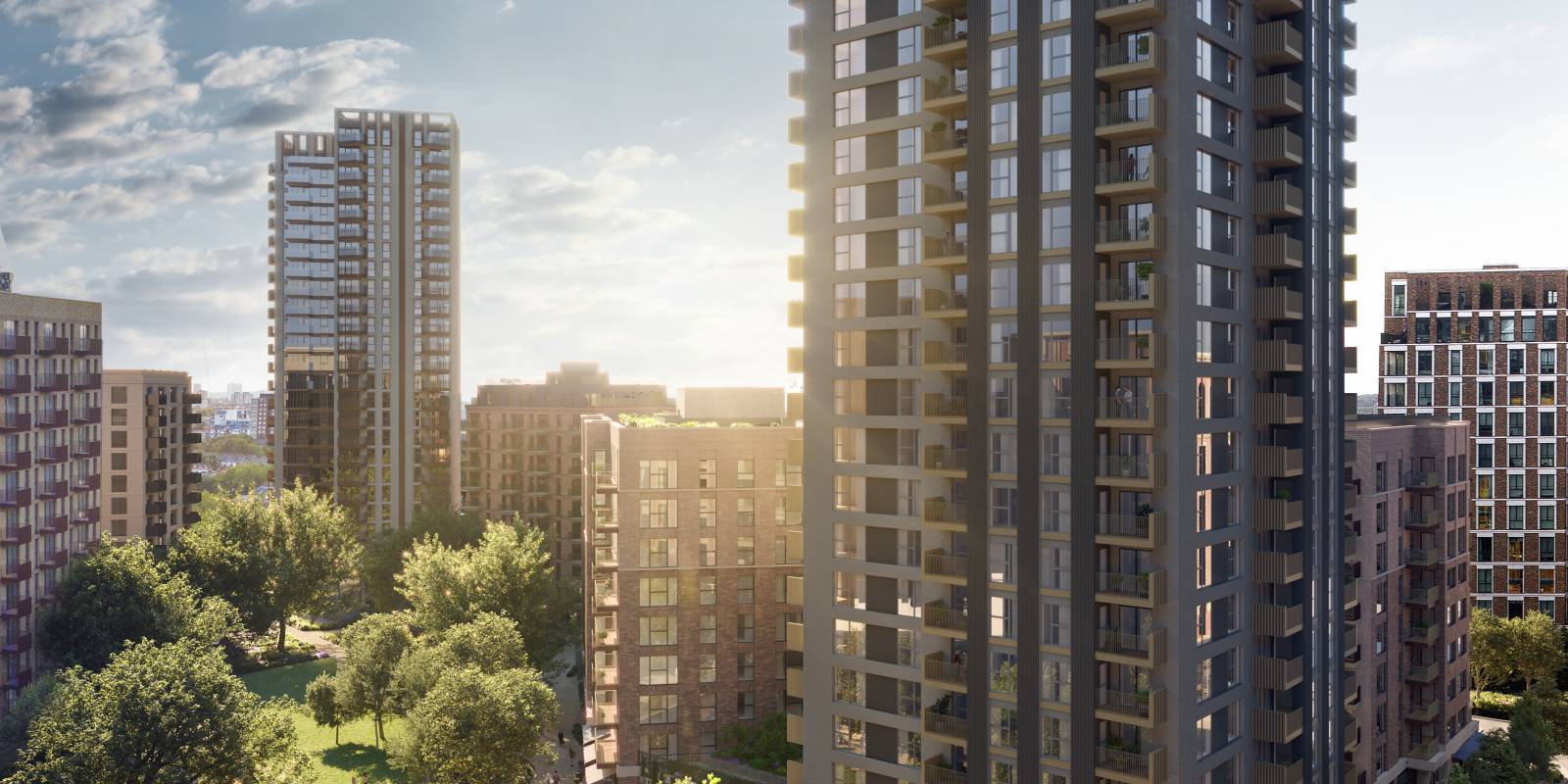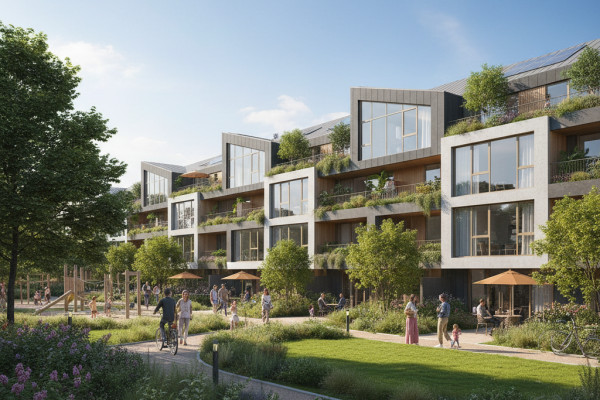
Understanding the 300,000 Homes Challenge: Insights for Prospective Homebuyers in London
The UK government's target to build 300,000 new homes annually in England and Wales is a figure that raises questions about its origin and realism. Both numbers, forty-two and 300,000, come without clear explanations, leaving us to wonder how they were determined.
Agent’s View
Knowing the rationale behind a number is as important as the number itself. The government's housing target is not based on a transparent formula. It's a goal that has been set with political considerations in mind, possibly more than empirical data.

Looking at the housing need, the figure of 300,000 new homes a year is meant to address a significant shortage. To visualize this, imagine creating a new city the size of Leeds every year. Despite this ambitious target, actual construction has fallen short, with less than 190,000 homes built annually over the past two decades.
The challenge isn't just about building enough homes; it's also about where to build them. England's high population density means that finding space for new homes without causing local opposition is tough. Redeveloping brownfield sites, or previously used land, offers a solution. These sites are often more politically palatable and can be developed faster than greenfield sites.
However, brownfield redevelopment mainly attracts smaller developers, who currently play a minor role in the overall housing market. This situation points to a need for more support from both local and national governments to help these developers contribute more effectively to solving the housing crisis.
For London homebuyers and those across the country, understanding the complexities behind housing targets and development strategies is essential.

The government's goal of 300,000 new homes a year is a starting point for addressing the housing shortage, but achieving this target will require navigating political, social, and logistical challenges.
Government’s Point
Rumours of disregarded housing targets are entirely baseless. The dedication to the annual construction of 300,000 homes remains unwavering, with the responsibility on local authorities to assess and justify their housing requirements, following a predefined standard approach. The past year saw the completion of over 234,000 homes, a record not seen since the period between 1997 and 2010.
“Our target of delivering 300,000 homes a year and one million over the course of this Parliament remains – we are clear councils must play their part and have clear plans on how they will help us achieve this.”
Source: gov.uk
From April 2010 onwards, the country has welcomed the construction of more than 2.5 million homes, witnessing the highest rates of housing supply increase in the past three decades, particularly since 2018.

This trend solidly indicates the government's commitment to boosting housing construction. Alongside this, the number of homes failing to meet decent living standards has been reduced by two million since 2010.
A significant £10 billion funding initiative supports the ambition to achieve these housing objectives, including the launch of an innovative planning "super squad" designed to fast-track significant development projects.
.jpg)
Efforts to minimize planning delays are supported by a £29 million Planning Skills Delivery Fund, which received a £5 million boost at the Autumn Statement, contributing to a £17 million effort to streamline the new home approval and building process.
In July, the Housing Secretary presented a detailed, forward-looking plan for housing, marking the beginning of a new era focused on regeneration, making the most of inner-city spaces, and advancing housing projects throughout England.


.jpg)


